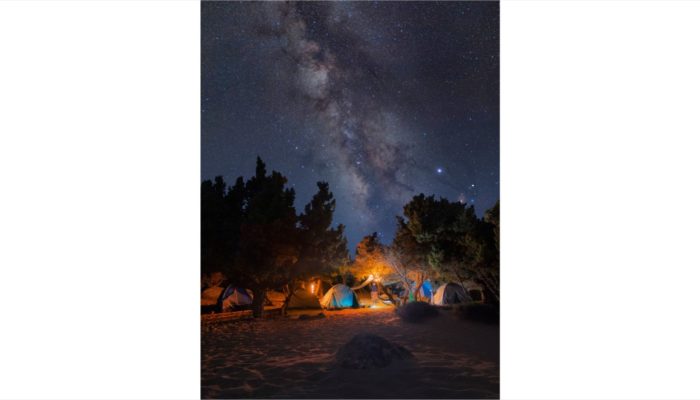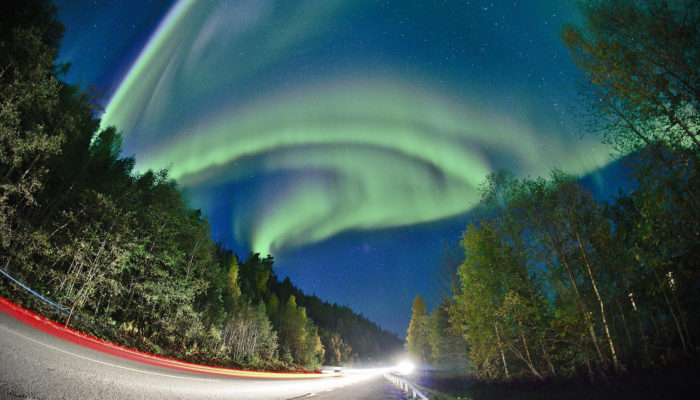Camping under the stars is an experience that allows people to connect with the cosmos in a unique and profound way. As they set up their tents and gaze up at the night sky, they are reminded of the vastness and beauty of the universe. They can see the stars, the planets and other celestial objects, and feel a sense of awe and wonder. They are reminded that they are just a small part of something ...[Read More]
Imaggeo On Monday: One with the Cosmos




